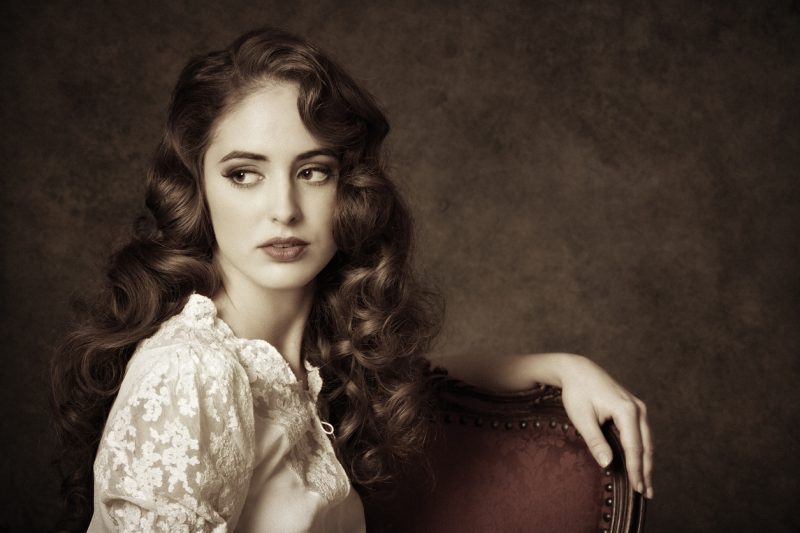The concept of easy-to-wear, comfortable clothes was unknown to ladies of the 1800s. The rules concerning proper dress were strict and confining.
Of course, before getting to the actual dress, there was the question of underclothes. First to be put on would be drawers or bloomers. These were constructed with two separate legs joined at the waist with a drawstring or buttons to hold them in place. The center seam was left open so that ladies could use the chamber pot. Once dressed and with a tight corset on, there was no way for a lady to pull down her drawers. These underclothes were made of linen or silk for the upper classes and cotton or linen for the lower classes.
Next would come silk stockings, held up by garters that tied around the leg just above or just below the knee. In wintertime, silk was often replaced with thicker woolen stockings for warmth. This was followed by the chemise. This was a one-piece, sleeveless shift with a round neck, made of silk or very fine cotton and trimmed with lace. Over this would come a corset.
The corset fitted from the waist to under the breasts; it could be tightly laced to ensure a tiny waist, and it also had the effect of pushing the breasts together and up to create an ample cleavage. The corset was prettily decorated and contained pockets that held whalebone or metal strips to ensure that the garment held its shape.

Now a lady would step into one of several petticoats, anywhere from three to six, each one carefully starched to create a bell shape for the skirt, and they would rustle as she walked along. The last petticoat, known as the over-petticoat, was made of silk, cotton, or satin, and was often lavishly decorated with lace and ribbons.
The outer layer of clothing in Victorian times depended very much on the time of day and the season. Dresses were made for morning or afternoon wear, walking, or riding a horse, and of course, evening wear was either an evening gown or a ball gown. Shawls were popular and worn both during the day or at night.
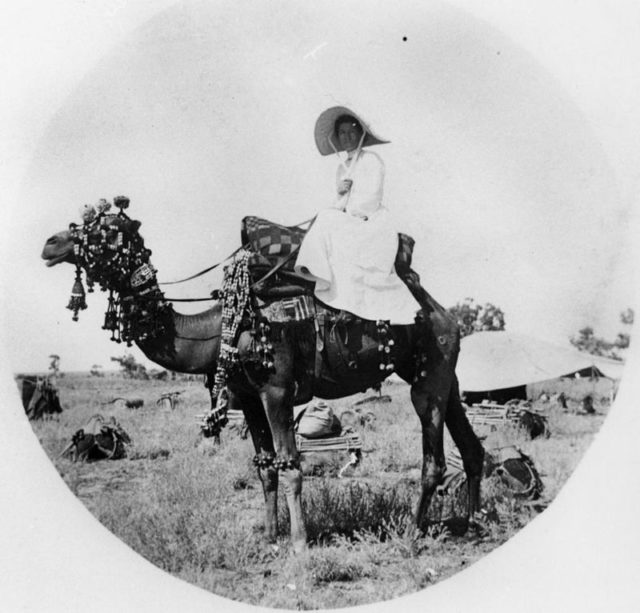
A morning dress was also known as an “at home” dress and was usually a simple garment. Often it had long sleeves and a high neckline with little or no trimming. The hem would just touch the floor, and a small train was common. Walking dresses were made of richer fabrics, the hem was a little shorter to facilitate easy movement, and there was no train.
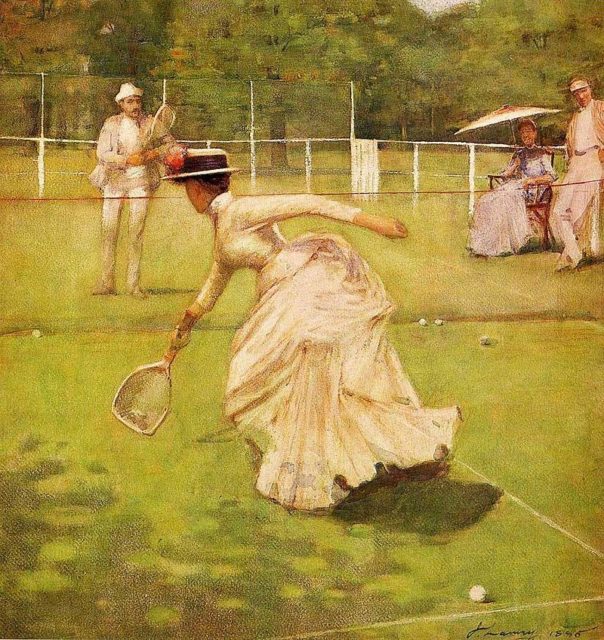
Afternoon dresses were often lavishly trimmed, and the necklines tended to be quite low. Made from sumptuous fabrics and often with a train, hese dresses were worn to visit friends or to receive friends at home. The lavishness of the dress would be matched to the rank of the people that you were to visit.
Evening or dinner gowns were created from lush fabrics such as satins and silks and tended to have sleek silhouettes. The necklines were high and the sleeves long but not lavishly decorated, to prevent accidents at the dinner table.
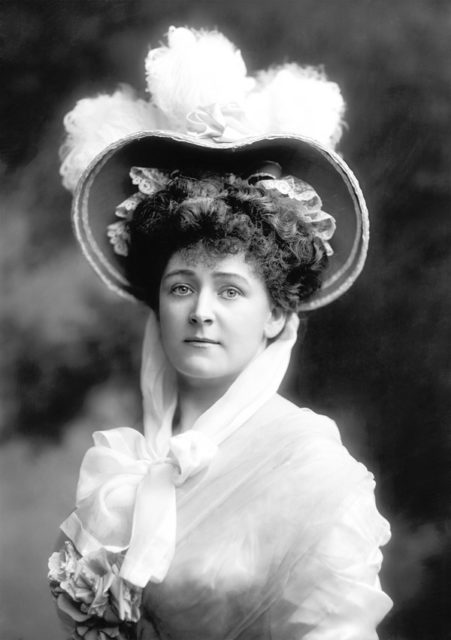
The most lavish dress would be the ball gown: necklines plunged, sleeves almost vanished, and expensive fabrics made their appearance. Gowns were often decorated with real gemstones, and trains were long and fancy.
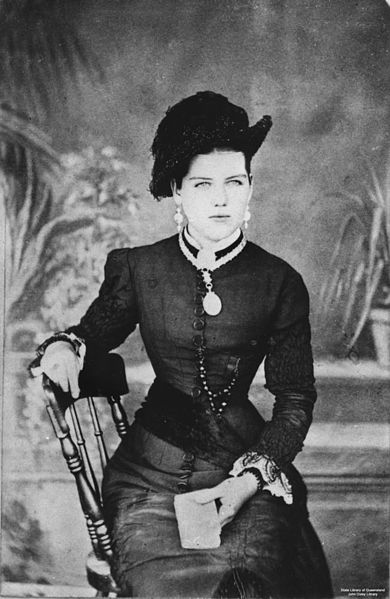
One of the extreme fashions of this era was the wearing of a crinoline. This enormous wicker or whalebone petticoat hung at the waist and was covered by a very big skirt. These monstrosities were dangerous, as moving around in them was a clumsy process.

As fashionable as the crinoline was, it became one of the most dangerous articles of clothing ever known. It was highly flammable, and about 3,000 women were killed when their crinolines caught fire. In 1858, a woman in Boston was standing too close to her fireplace when her skirt caught fire, and it took only minutes for her entire body to be consumed. In February 1863, Margaret Davey, a 14-year-old kitchen maid, had her crinoline catch fire as she reached up to the mantle for a set of spoons, later dying from the severity of her burns. In England, over a two-month period, nineteen deaths attributed to burning crinolines were reported. Any women who witnessed the flames were unable to help for fear of their own skirts catching fire. In Philadelphia, nine ballerinas were killed when one brushed by a candle at the Continental Theater.

After the mid-19th century passed, three events converged to drive women’s fashion in a new direction. The invention of the sewing machine vastly improved the speed and quality of sewing; synthetic dyes had been invented that created intense colors of fabric; and the fashionable shape of crinolines changed to became flattened out in the front, in time for the arrival of the bustle.
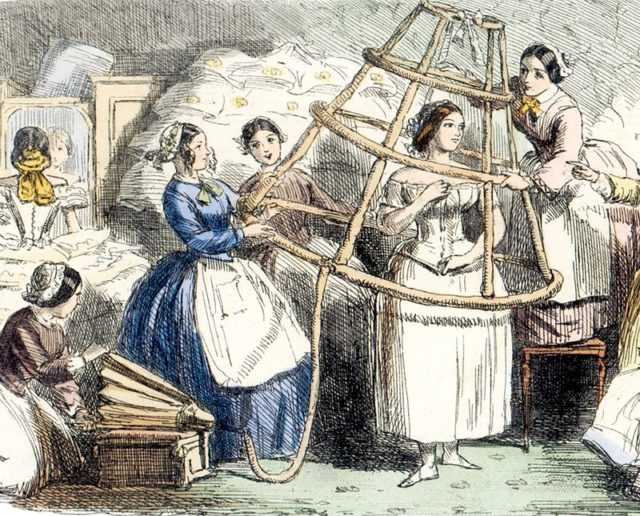
By 1883 the bustle was a must-have item; it jutted out, giving women a distinct outline where the skirt draped over a hard bump that sat just above the woman’s bottom. This uncomfortable garment meant made sitting a constant problem, as the bustle meant the lady could not sit back in a chair. By 1893 the fashion had shrunk to a small pad, and during the 1890s the bustle give way to pleats that fell down the back of the skirt.
Read another story from us: Macaroni: The highly excessive fashion trend of the 18th century
The dress in this period was strictly regulated, and wearing the incorrect dress would draw censure from the influential ladies of high fashion. The cost of all these gowns was prohibitive, and often ladies relied upon the nimble needle of a maid to make over gowns, so as to stretch the budget.
